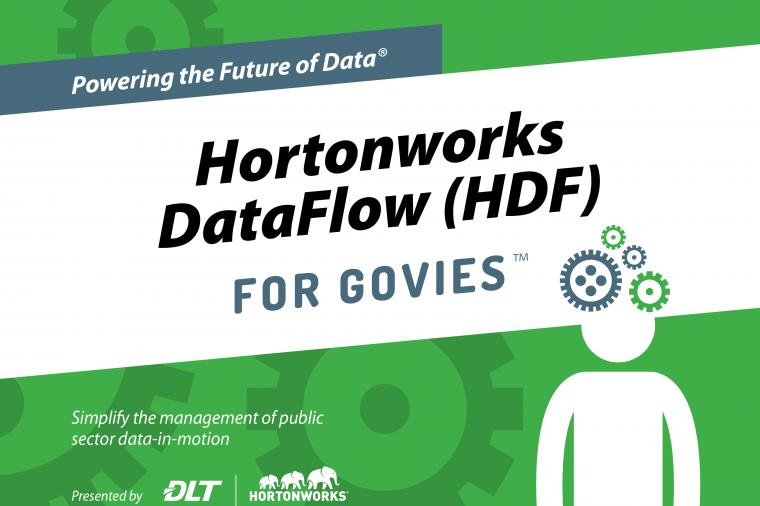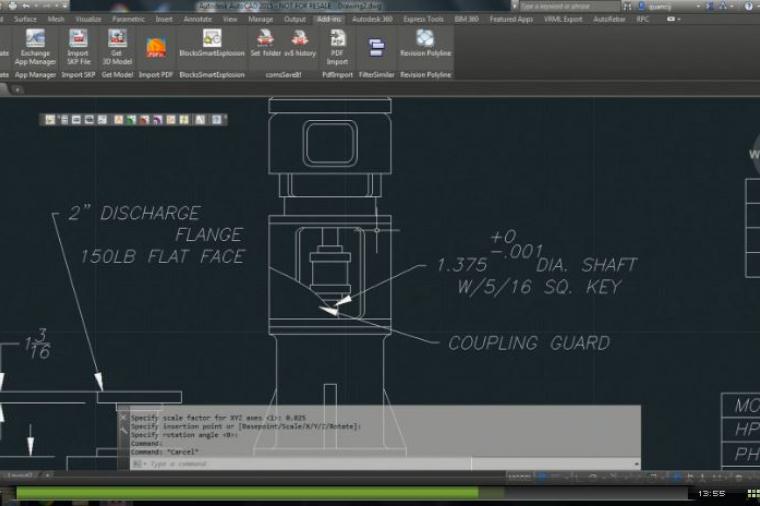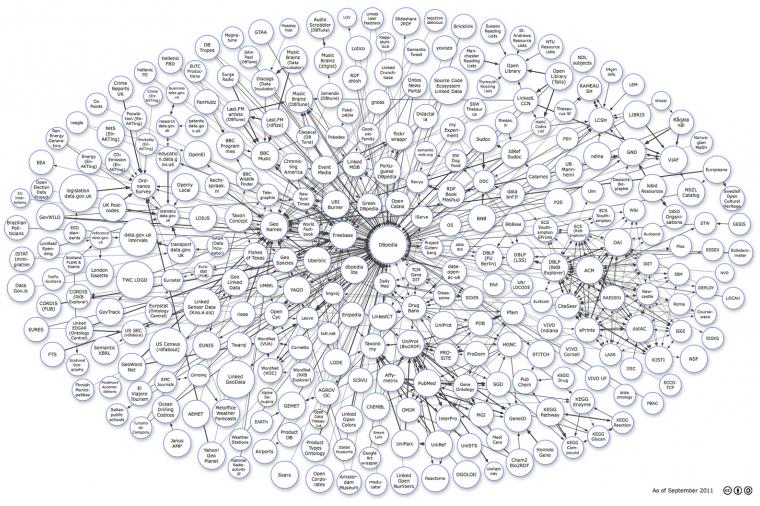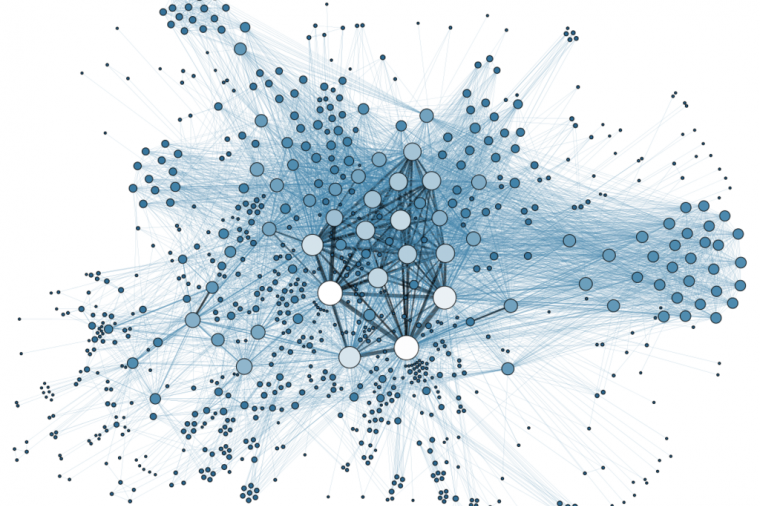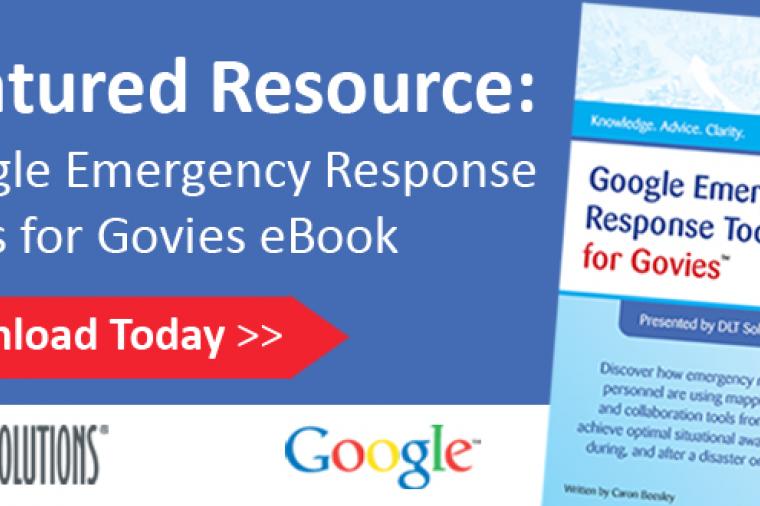Why Log Analytics are the Key to Application Performance and Cybersecurity

Any federal IT pro can tell you that analyzing log files is something they’ve been doing for years. That said, as applications get more complex, performance becomes more important and security issues increase. Log analytics are fast becoming a critical component of an agency’s monitoring and management infrastructure.
The ability to unify log monitoring and log analytics, then aggregate, structure, and summarize log data is key. If the federal IT pro can visualize the data to understand baseline and historical activity, it becomes that much easier to answer questions, spot trends, and uncover security and performance anomalies.
In fact, log analytics are helpful for a range of federal IT pros. IT operations teams depend on log analytics to help them be more proactive in application, performance, and security monitoring. Developers can be alerted to potential events that might affect application performance before those events happen. And, federal IT management can use log analytics for insight into how end-users are interacting with new capabilities or technologies.
Log Analytics Basics
Historically, collecting log data has not been incredibly efficient. There is an incredible amount of information available, usually devoid of a streamlined structure, and lacking a way to analyze the data as a whole. Where there is a surplus of data, anomalies are not far behind, and security threats are often lost in a sea of other less-critical alerts.
The goal in log analytics is to ensure that collecting log data provides value to the agency. There are specific advantages to be gained from log analytics that can help your agency maximize application performance and cybersecurity-protection benefits.
Proactive monitoring
Proactive monitoring is one of the key benefits to log analytics, as you can view application performance, system behavior, and any kind of unusual activity across the entire application stack. The ability to simultaneously monitor application resources and metrics provides the opportunity to eliminate issues before they affect performance.
Another benefit of proactive monitoring is anomaly detection. Alerts are a wonderful way to learn something is going wrong in your environment. But, what if something unknown or unexpected happens that doesn’t trigger an alert? It will certainly show up in your log data. The advantage here is being able to create alerts based on search patterns and thresholds for specific log metrics beyond those occurrences that traditionally trigger alerts.
A good analytics tool will learn predictable patterns within your log data and report any anomalous activity or deviations in performance that may not have been detected otherwise.
Troubleshooting
Unifying, aggregating, structuring, and analyzing log data provides the opportunity for advanced troubleshooting. Let’s say you have an anomalous issue. Your first question should be “What happened just before or just after?”
With log analytics, you have a baseline. You are starting with a summary of all your log data as it’s received, which lets you gain insight before setting up a single query. With this level of insight, you can trace issues down to their root cause. You can see how your components interact, then identify correlations. Then, you can view the surrounding events that occurred just before or after a critical event, and more effectively pinpoint the problem.
Data analysis and reporting
Ideally, federal IT pros will have access to broad and unmatched visibility into traces, logs, metrics, and the digital experience—as well as a high-level dashboard that allows for easy information digestion and dissemination.
Dashboards that provide a unified view across all log data, with the ability to highlight Key Performance Indicators (KPIs), Service Level Agreement (SLA) information, and other statistics is ideal. Customization is also key, so you can create individualized filters specific to your department or agency—even going so far as to use structured, unstructured, and semi-structured log data to create charts that are most relevant to your mission.
Finally, a benefit often lost in the conversation is the ability to look at trending and analysis on growth rates. With or without predictive analysis tools, having a histogram to visualize a rate of growth can further enable your lifecycle management and capacity planning. Too many times we are left guessing what we need to procure to meet our capacity demands, let alone plan adequately for growth trends over the lifecycle of the equipment.
Conclusion
Having access to “too much information” can become a thing of the past. Log analytics can help you navigate the reams of log data successfully so you can focus on enhanced application performance, more effective tracking of anomalies to be sure they’re not cybersecurity-related, and create actionable reports that can serve to enhance your agency’s infrastructure.
*Author: Paul Parker, Chief Technologist, Federal & National Government—SolarWinds

